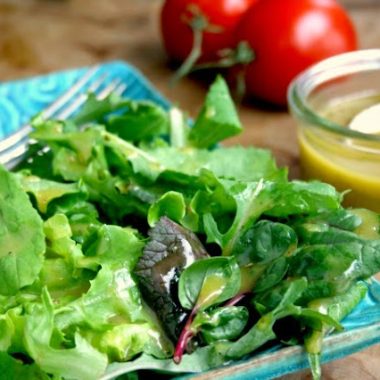Few things feel better after a long snowy winter than the feel of the warm sun on your skin. The great weather on Victoria Day was like a surprise gift and I admit that grabbing the sunscreen as we headed off to our cottage was an afterthought and even then it didn’t get used.
A wake-up call arrived in my email the following day when Environmental Working Group (EWG) released its annual guide to sun safety and sunscreen.
Each year the organization tests hundreds of sunscreens, lip balms and moisturizers for effectiveness – do they provide the coverage they claim, including both UVB and UVA protection. They also analyze products for toxicity especially the hormone disruptor oxybenzone and retinyl palmitate.
While covering up with a shirt, wearing sunglasses, a hat, and staying out of the sun (in the shade) through the middle part of the day are the golden rules of sun safety, the reality is that most people who want to avoid sun damage rely on sunscreen.
To ensure the sunscreen you choose is both safe and effective here are some things to consider:
- Higher SPF sunscreens can be more dangerous than those with an SPF value of 50 or lower.
- The U.S. the Food and Drug Administration calls high SPF sunscreens (50+) “misleading” and has proposed a ban on sunscreens with SPF values greater than 50. The danger is that those who slather on high SPF products feel extra safe so stay in the sun much longer. Users often don’t apply enough or don’t reapply often enough. As well, the chemical concentrations are higher in high SPF products. Finally, sun protection maxes out between SPF 30 and 50 so in reality products with and SPF rating higher than 50 do not offer any more protection.
- Just because you don’t burn easily doesn’t mean you have to be less vigilant about sun safety.
- UVB-rays cause burning but it is UVA-rays that are connected to the kind of damage that leads to skin cancer like melanoma (along with skin aging and immune system suppression).
- Avoid Retinyl palmitate, a form of vitamin A
- Retinyl palmitate, a form of vitamin A, might be great for a night cream but not for a day cream or sunscreen. Numerous studies have shown that it reacts when exposed to sunlight, accelerating skin damage at the cellular level and may cause cancers to develop more quickly.
- Oxybenzone, a common active ingredient in sunscreen, is considered a hormone disruptor.
- Spray sunscreen may seem extra convenient but is more dangerous.
- Spray sunscreen is dangerous because it can be easily inhaled (especially by children) and doesn’t cover skin completely.
The EWG report rates sunscreens between one and seven, with seven being in the danger zone (less effective and more toxic).
Most of the best rated brands aren’t available locally but all can be found online. Locally look for Badger or Alba Botanica brands.
Some Aveeno products have a moderate rating of 3 as do some Banana Boat products (Banana Boat Protect and Hydrate (SPF 15 & 30) & Banana Boat Cool Zone) and Coppertone products (Kids, Oil Free and Sensitive Skin lines). For a detailed view of product ratings visit www.ewg.org/2015sunscreen







